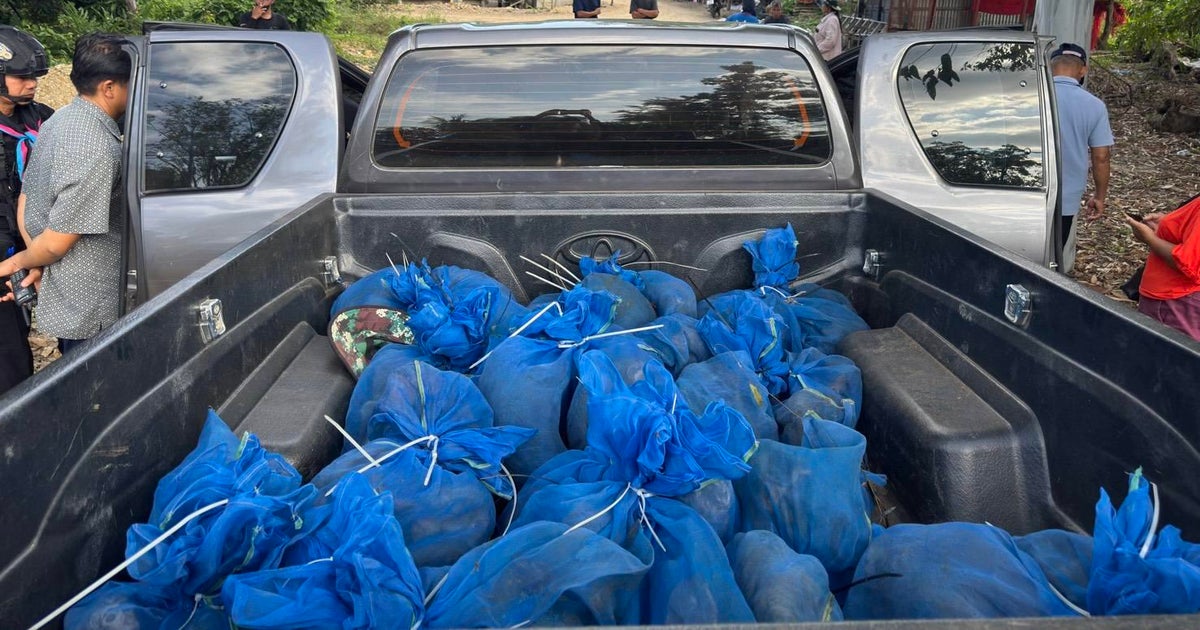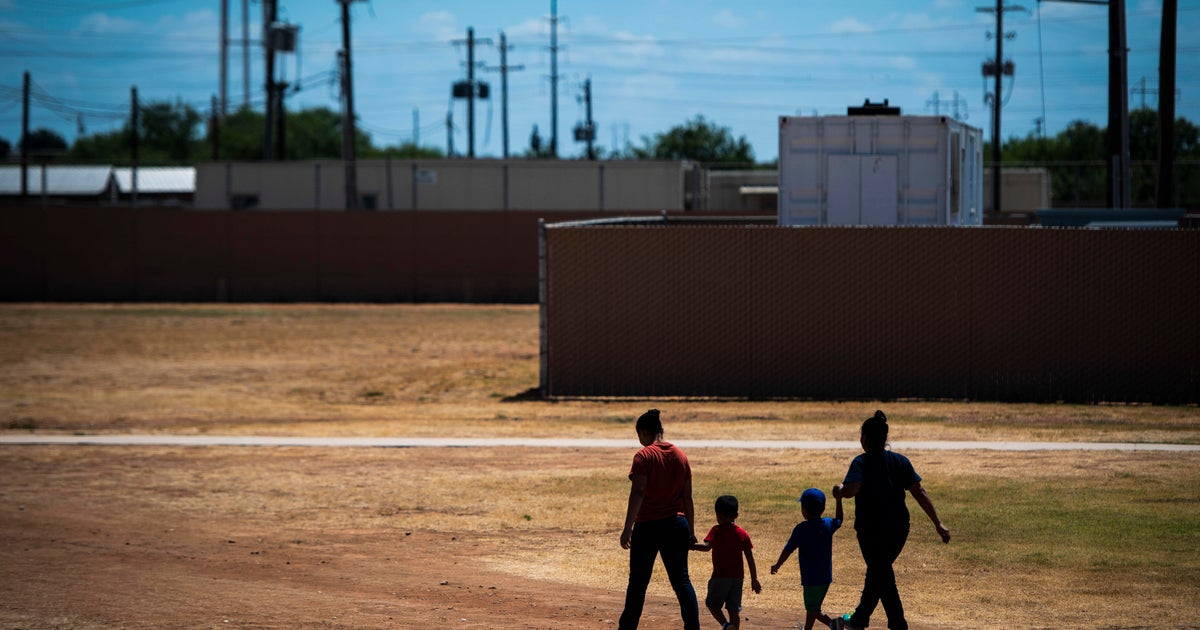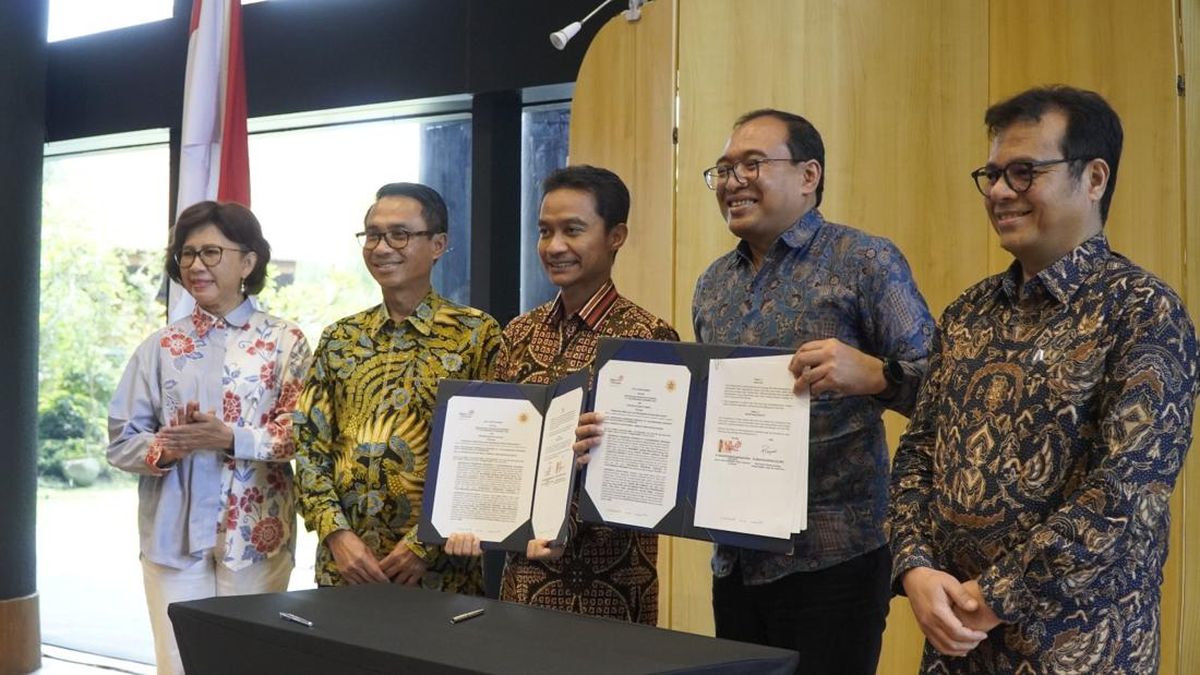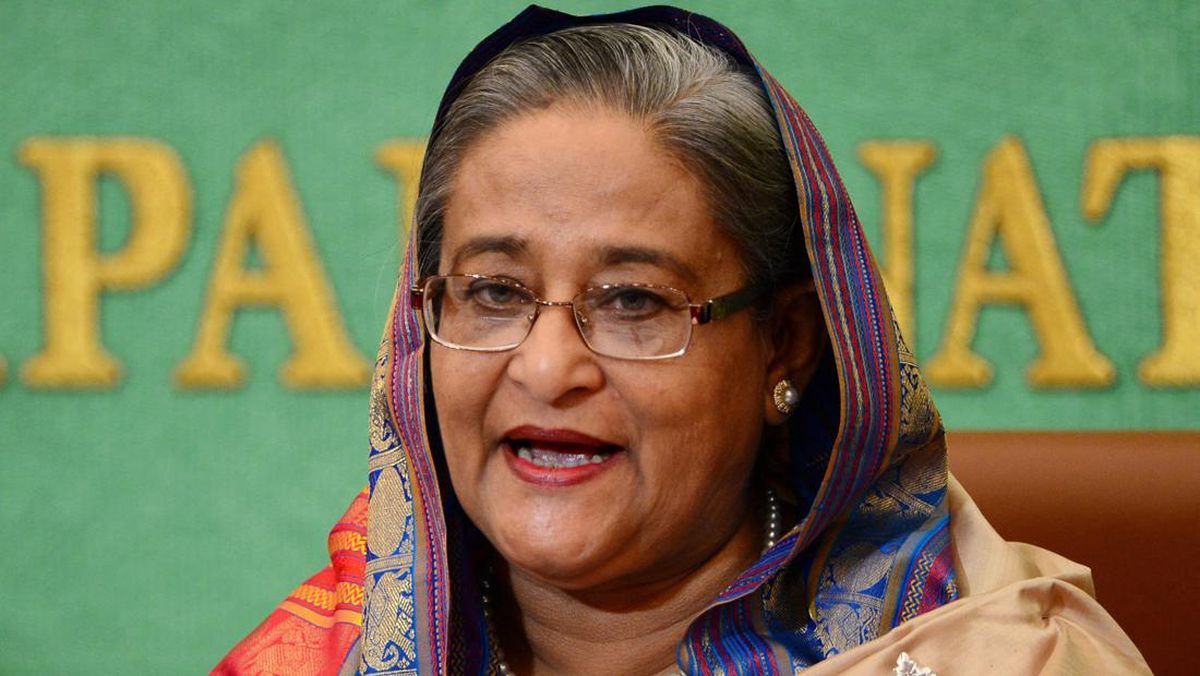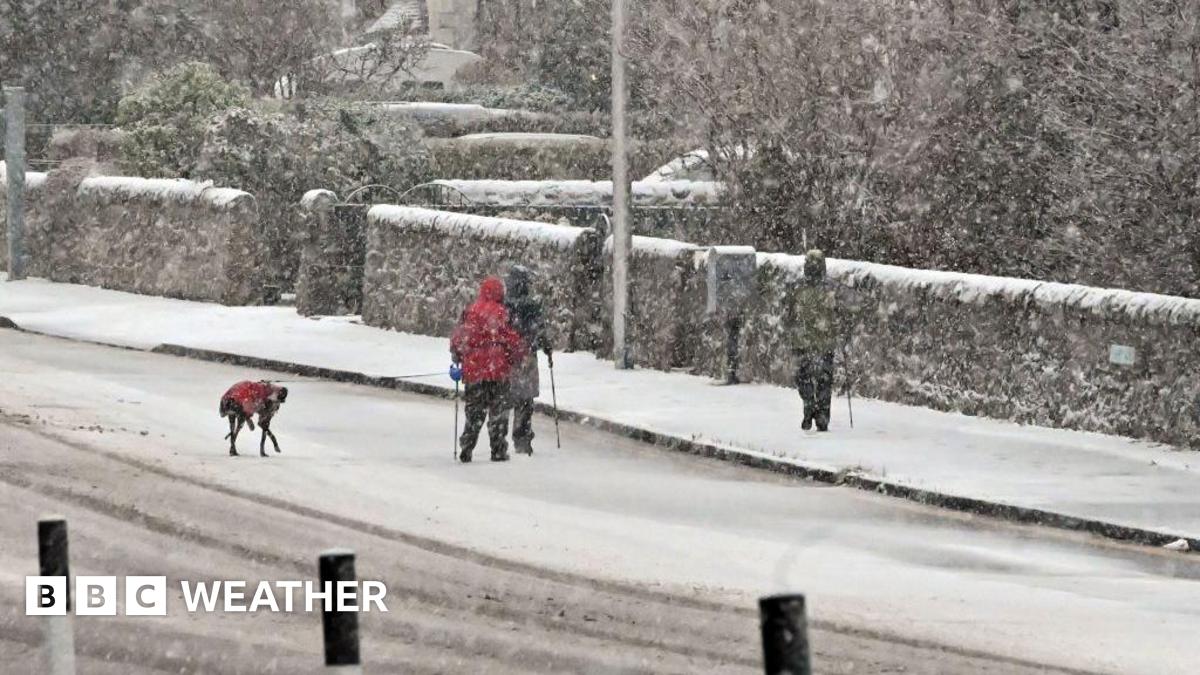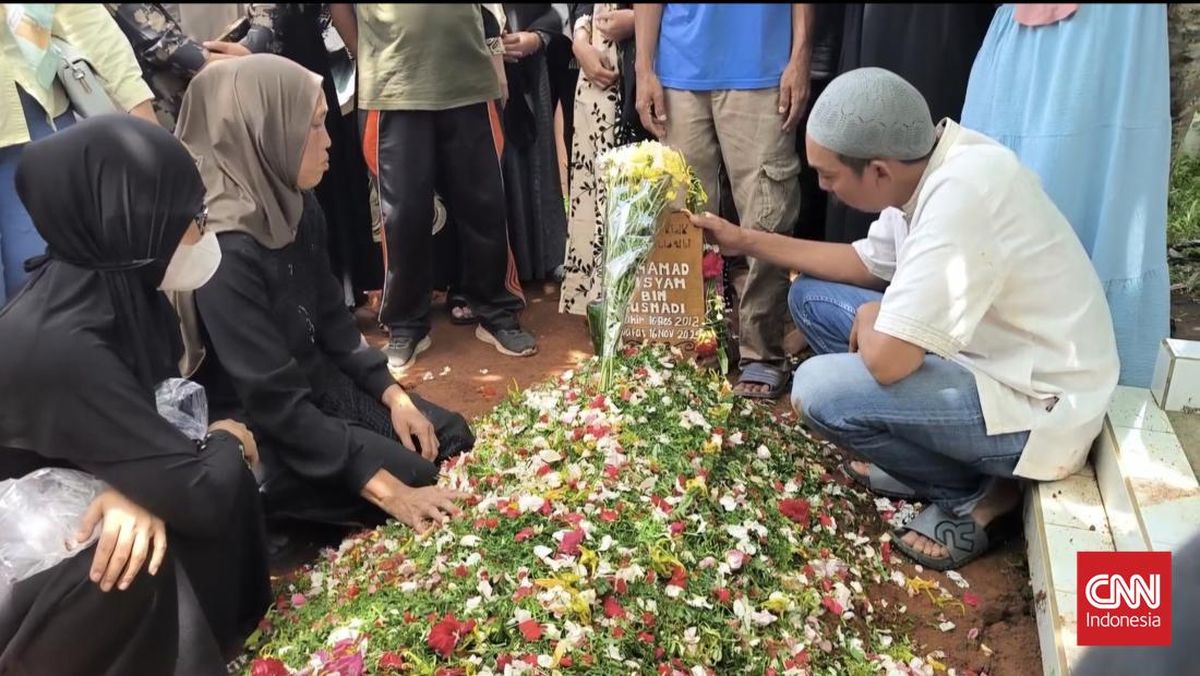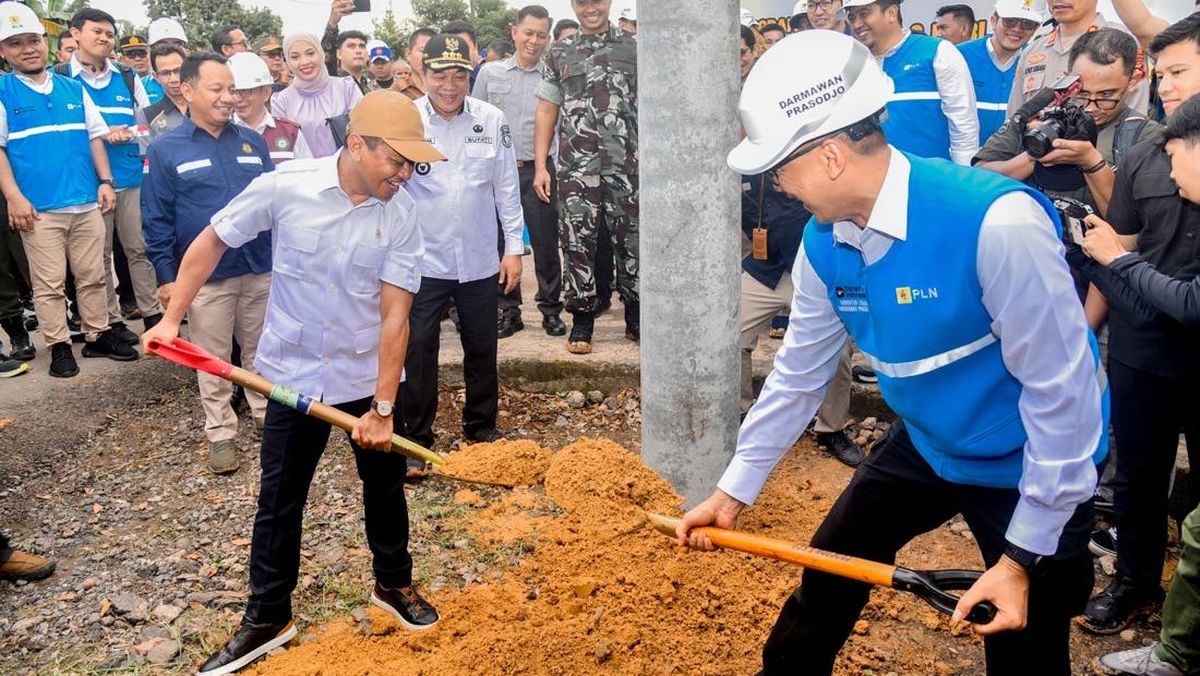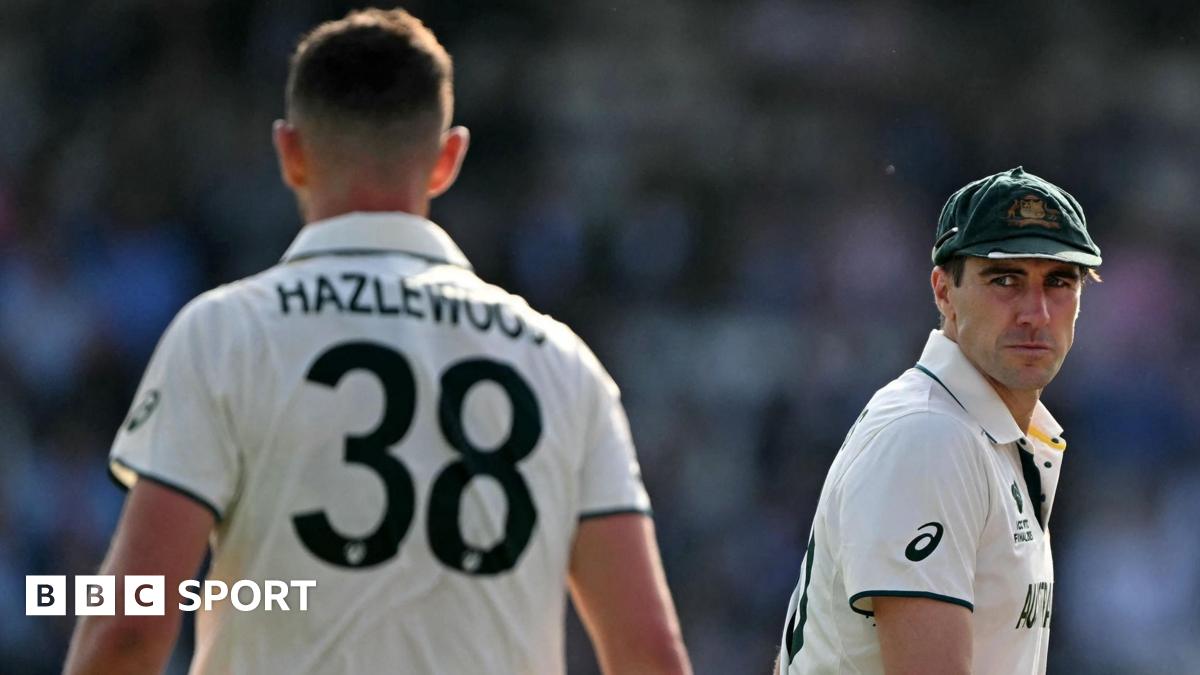Townhouses are springing up in their thousands in Melbourne’s outer suburbs, where big backyards were once a prime selling point, while approvals go backwards in the inner and middle suburbs the government is targeting for higher density housing.
A year after Premier Jacinta Allan declared she wants Victoria to be the nation’s “townhouse capital”, new data reveals the townhouse boom is most concentrated in fringe suburbs 40 to 50 kilometres from the CBD.

Jim Slattery and Kirsty Hopper recently purchased a townhouse in Lyndhurst.Credit: Arsineh Houspian
Meanwhile, approvals of medium-density housing are declining in steep well-serviced inner and middle suburban council areas such as Port Phillip, Stonnington, Kingston and Moonee Valley.
Experts say the trend is an inverse of the Victorian government’s planning reforms, which seek to trigger a development surge in built-up suburbs and cool the rate of growth in greenfield estates, which are usually far from services such as public transport, schools, health clinics and libraries.
Rob Burgess, head of research and strategy at Quantify Strategic Insights, said medium-density housing supply was migrating outwards from Melbourne’s middle suburbs to the city’s growth corridors because that is where land is affordable.
The trend has accelerated in the past five years. The number of annual townhouse approvals across Melbourne’s outer suburban growth corridors has almost doubled since 2020, while approvals in established suburbs have dropped more than 30 per cent.
“The trend is effectively the reverse of what the government is seeking to achieve,” Burgess said.
The Allan government’s townhouse and low-rise code, introduced this year, grants automatic approval to plans that are deemed to comply with the code, bypassing council approvals.
Burgess, who analysed more than 20 years of medium-density approvals data for Melbourne, said the new code was yet to shift the trajectory of townhouse development towards the fringes, but that it was too soon to assess its impact.
“I would expect it would remove one of the barriers to townhouse development,” he said.

Medium-density developments, such as the Lothian in North Melbourne, are increasingly rare in the inner suburbs. Credit: Derek Swalwell
“If you are proposing a development, and you know that it’s going to be approved within 10 days, that removes a lot of the uncertainty, particularly for those smaller builders and developers for whom the prospect of being in a planning process for 18 months or two years is enough to kill off the project.”
Ten years ago, 80 per cent of townhouses were being built in Melbourne’s inner and middle suburbs. Today, it is closer to 60 per cent, while nearly 40 per cent of new medium-density housing is being built in the city’s outer-suburban growth areas.
Analysis of approvals data reveals medium-density approvals have fallen 16 per cent in established suburbs this year to 5741 and risen 24 per cent in growth areas to a record 3354 approvals.
The City of Casey, in Melbourne’s outer south-east, has approved more townhouse developments than any other municipality this year, followed by Whittlesea, Hume, Melton and Wyndham. All are growth areas.
In Melbourne’s middle ring, inner-northern Merri-bek had the highest number of townhouse approvals, while Bayside and Boroondara both bucked the downtrend in approvals, despite being frequent targets of state government animus about their resistance to increased housing density.
The municipalities of Melbourne, Port Phillip, Nillumbik, Yarra and Stonnington – all but one of which are in the inner city – each approved fewer than 100 medium-density homes this year.
Burgess said townhouse development in inner Melbourne was minimal because medium-density housing wasn’t financially viable for many developers.
“It fundamentally comes back to the costs of development,” he said. “Ultimately, what you need to sell your projects for is exceeding what the market is willing to pay.”
Music therapist Jim Slattery and wife Kirsty Hopper will move into a townhouse in Lyndhurst, in the City of Casey, next month.
The couple bought their two-bedroom property for $600,000 in October and will soon depart their rental in Keysborough, which is closer to the city.
Slattery, 29, said the location of their first home purchase was dictated by affordability.
“We’ve spent a bit of time here [in Keysborough], and we really like it, but when we were looking to buy a place, it just felt like the prices were just pushing us further and further out,” he said.
Slattery bought his townhouse through Chaminda Gunasekara, a partner at Ray White.

A row of townhouses in Craigieburn in the outer north, an area that has become a hot spot for medium-density approvals.Credit: Luis Enrique Ascui
Gunasekara said the number of townhouses being built in the outer south-east had exploded.
“Ten to 15 years ago, people had this thing that, ‘I don’t want a townhouse, I want a house with land because the land appreciates’,” he said.
“But things have changed a lot, probably in the last five years in this area. In all the new estates that are being developed, 10 years ago, they probably had 20 to 30 townhouses in one estate, now you have 100 to 200. Because the demand is there, they keep building them.”
Gunasekara said the interest in townhouses was mostly from first home buyers.
Dr David Hayward, an emeritus professor in public policy at RMIT University, said the data suggested the intentions and the outcomes of the government’s planning reforms were “parting company”.
“Since they’ve introduced the reforms to take away local planning powers, approvals have actually been declining, they haven’t been increasing,” he said.
“It does confirm the idea that really, meddling with planning isn’t the way to solve a housing crisis.”

David Hayward of RMIT University.
Hayward said the long-term government retreat from building housing had done far more to create a housing shortage in inner and middle Melbourne than a failure by councils to approve higher-density housing.
“We’ve got ample evidence over the last 40 years that the private market isn’t working, and it’s not able to work effectively,” he said.
“You need to have significant levels of government direct investment in order to achieve the goals that you’re setting yourself. It’s no good pretending that the market is perfect, except for those pesky planners. The evidence doesn’t support that.”
Social housing makes up just 2.8 per cent of Victoria’s housing stock, well below the national rate of 4 per cent. In its 30-year strategy, released last week, Infrastructure Victoria recommended the government build 60,000 new social homes in well-serviced suburbs over the next 15 years, to address the state’s affordable housing shortage.
A state government spokesperson said the townhouse and low-rise code had been gazetted just six months ago, and that its full impact would take time to flow through the system.
Loading
“The best way to make housing fairer for young Victorians is to build more homes and Victoria is building and approving more homes than any other state,” the spokesperson said.
“We know it’s been too difficult to build homes in our more established suburbs – that’s why we’ve been overhauling our planning system, so more Victorians can live close to jobs, transport and services.”
Start the day with a summary of the day’s most important and interesting stories, analysis and insights. Sign up for our Morning Edition newsletter.
Most Viewed in Politics
Loading


